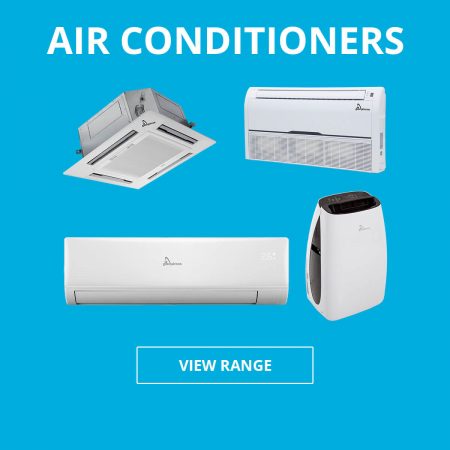An air exchanger is all about giving you the choice between keeping the interior air inside your home or mixing things up and switching it with a cool exterior breeze. They serve an important function in the winter months and are designed to make life easier for you.
The big question is, what is an air exchanger when used on an air conditioner? How do they work, and do you really need one in your home? In this guide, we hope to answer all of your most pressing questions to make the world of air exchangers and air conditioners easier.
How Do Air Exchangers Work?
Since an air exchanger works by allowing you to exchange the interior air with exterior air at will, it’s actually able to heat the incoming air during the winter months. This helps to keep the temperature consistent and also ensures you aren’t getting chilly draughts in the winter.
The ventilation system used for the air exchanger is installed in the walls, with separate ducts being used for fresh air and stale air. The grilles that are used for fresh air are located in each room of the home that will benefit from the fresh air.
Since the stale air is usually found at the highest level of the home, this is where the exchange is located to remove it from the space. The reason stale air tends to be so high up is that it’s where excess humidity settles and builds as well as pollutants.
The exhaust ducts used for the distribution of both fresh and stale air connect to the air exchanger, alongside another duct that connects to the unit. This is used for gathering fresh air from the outside while the other pushes the stale air back out of the house.
What benefit does this have? Well, it reduces the risk of mould and mildew in the home by helping to prevent condensation and the build-up of moisture. They can be adjusted according to the humidity level in your home, making life more comfortable for you.
How Does it Work with an Air Conditioner?
An air conditioner lowers the humidity in your home, but there is such a thing as the air being too dry. Ideally, humidity should be between 35% and 50% to remain at a healthy level. An air exchanger can help to maintain good humidity levels by allowing more air into the home. Furthermore, it can act as a dehumidifier if your home does start to become muggy and damp. This gives you the best of both worlds, allowing you to have full control of the humidity levels.
What are the Benefits of an Air Exchanger?
If you’re considering an air exchanger for your air conditioner, there are a few benefits that you will want to keep in mind, including:
- Better air quality
- Fresh air inside your home
- Added filter to the existing air
- Increased air movement
- Dehumidifying the air
The fact that it improves the quality of your air is great for those with asthma and allergies. This is because it prevents common pollutants from drifting in the air and causing irritation to the lungs, which reduces the risk of allergy and asthma attacks as well as alleviating symptoms.
To Conclude
An air exchanger is incredibly useful to have in your home, providing you with cleaner air and even helping to keep things warmer in the winter months. They are simple to install and work nicely alongside your air conditioner to balance the humidity levels and ensure that they remain at a healthy level.
